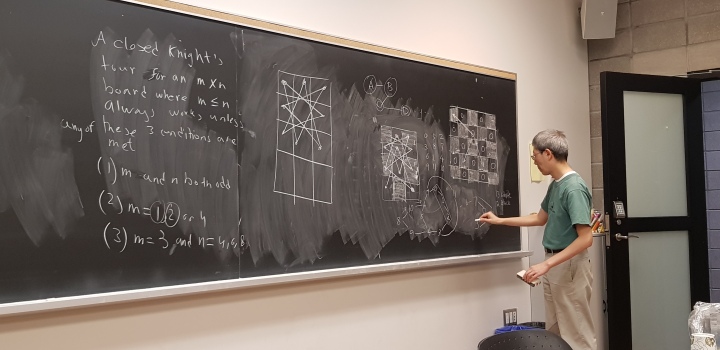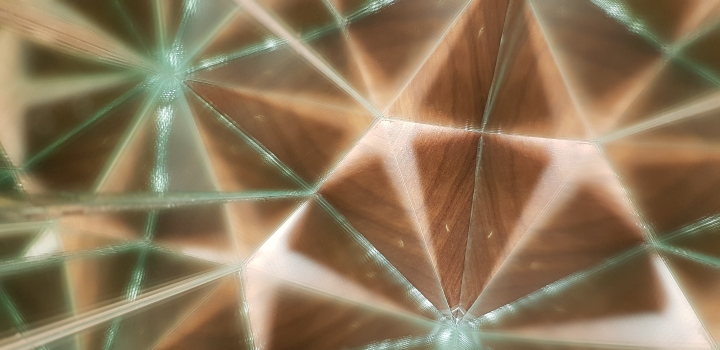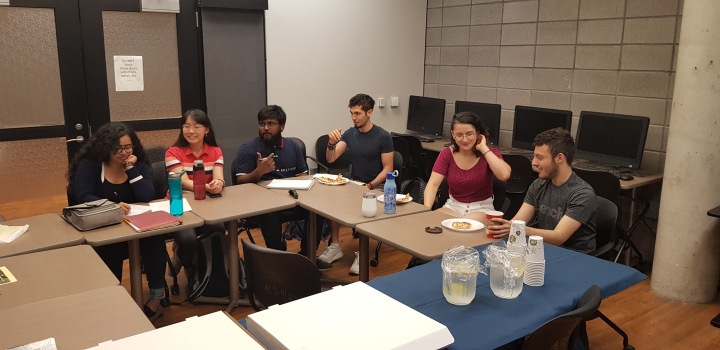MSLC Semina — Exploring Knights Tours

At the MSLC Seminar we had an “improvisational seminar” this week. We started off chit-chatting about various problems, and a theme emerged. One participant posed the following problem:
The game of Knight Placement is played on an 8×8 chessboard. Two players alternately take turns placing knights on the board. A move consists of adding a knight to the board, such that no knight is under attack. A player loses if they’re unable to place a knight. Who wins under optimal play?
I followed this question up with:
Suppose that the Queen of Chess has a garrison of twenty-five knights. The knights are kept on a 5×5 chessboard. One fine morning, the Queen shows up and orders the knights to all switch places, or be severely punished. Can every knight switch places simultaneously?
This got us thinking about knights tours. In a knight’s tour, a knight travels to every cell of a chessboard by visiting each square exactly once. Notice that if the 5×5 board has a knight’s tour, then the garrison can re-arrange themselves by each stepping along the tour.
We found a couple small boards with and without closed knight’s tours. Wikipedia turned our attention to this paper:
Allen J. Schwenk (1991). “Which Rectangular Chessboards Have a Knight’s Tour?” Mathematics Magazine: 325–332. (link)
Working through that paper might make a good session at MSLC Seminar. If anyone knows the history / providence of the puzzles above, I would be hear about them.
Geometric Reflections

There is something pleasing to a mystic in such a land of mirrors. For a mystic is one who holds that two worlds are better than one. In the highest sense, indeed, all thought is reflection — Chesterton

leave a comment